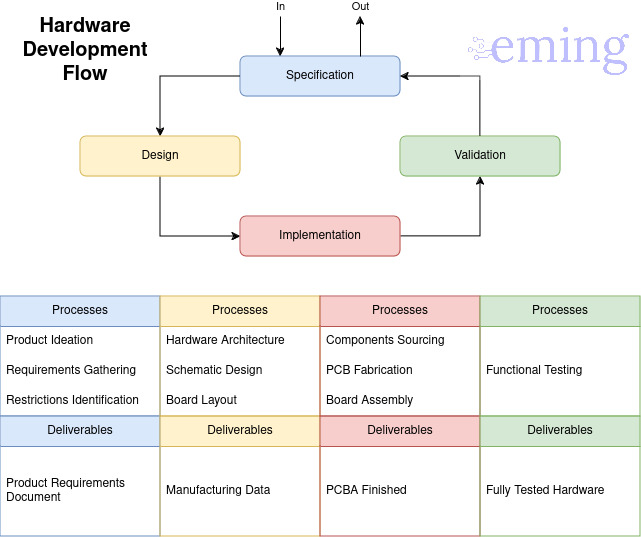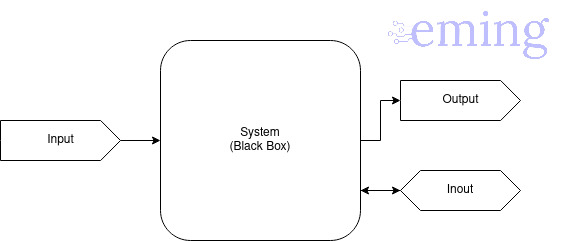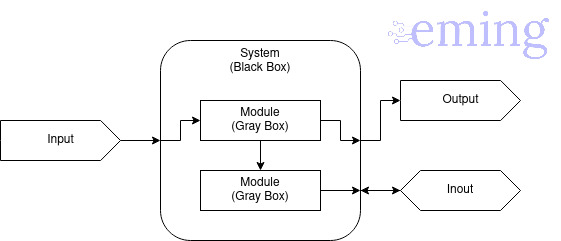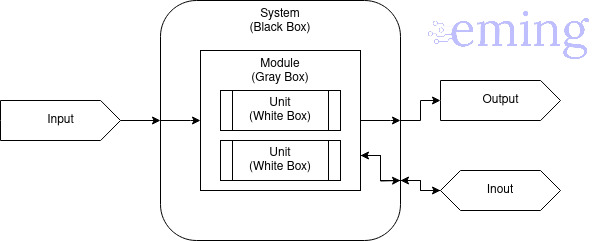Contact us
Hardware Development Flow
In this post we will dive deeper into the development flow on the hardware side.
Quick overview of hardware design
We can find a bunch of hardware development flows out there. Certainly, there are several types of jobs in the hardware field. However, it can be roughly categorized into two sides: IC level and Board level.
IC Design
At IC level (Integrated Circuits) you will see analog design engineers, digital design engineers, mixed-signal design engineers, etcetera. These people are generally working at the lowest level possible, that’s working with discrete semiconductor devices at silicon level. This means that the design process goes from a schematic or hardware description to placement and layout of all components and materials in a specific area of semiconductor material. Depending on the scope, you will find almost the same stages and specialized areas like: Power Design, RF Circuits, Signal Integrity, High-Speed Design, Verification, Fabrication, and more. At the end, these engineers work to get a silicon chip with all circuitry inside that meets the specifications.
The IC level is fascinating and very complex. The theoretical level of circuit analysis and design is all about thinking in this level of discrete components and material relations. Current technology is impressive and manufacturing capabilities are always pushing bounds forward (Moore’s Law). Conversely, real electronics solutions require Board level designs, better known as PCBs. The funny thing here is that you will find some similarities with IC design. You also have specific areas like Power Electronics or Digital Circuits. In addition, there is also schematic design, placement and layout. This time not over a silicon chip but a FR4 board with multiple layers of copper that connect all of those electronic components. The PCBs are 3D stack-ups (similar to the layers of conductive and insulating material that are deposited on silicon wafers to interconnect all the semiconductor devices).
PCB Design
At Board level you can still have discrete components like transistors and diodes, but mainly you will be working with ICs that pack a lot of electronics inside. These ICs are typically ASICs (Application Specific Integrated Circuits), which means that they perform very specific tasks with less space and less energy consumption, making them very efficient.
Today there are tons of integrated circuits for unimaginable applications, increasingly more powerful and specialized. Consequently, Board level electronics is becoming more and more about integration of building blocks (ICs) rather than circuit design with discrete elements. HDI PCBs are a consequence of that. In that PCBs you can find hundreds of thousands of pins in gigantic IC packages in the smallest possible space. This develops other complexities like thermal management, complicated manufacturing processes, higher production costs, among others.
This integration trend is not bad if it is properly used to get more advanced devices with less effort, less iteration, and less development costs. You can find ICs for almost every problem you have to solve in your circuit, the challenge is to find the right one with the precise specifications, features, price, etc.
The step by step
Our hardware development flow is a circular process with 4 main stages: Specification, Design, Implementation and Validation. These macro stages are related as shown below.

This graph shows the processes and deliverables of each step in the flow. Our methodology is based on today’s world of rapid integration and powerful capabilities with short market times. The presented flow is concise and scalable to different scopes and scales. The flow is the same for each particular hardware at any level of development. It applies the agile principles to the hardware realm.
Particularly, we work in a top-down approach for System Design from Black to Gray to White boxes. At the System Level we have the Black Box with Inputs and Outputs identified. We do not know at this point how that inputs and outputs will be processed, interconnected or driven.

Into this Black Box we will have the Module Level where we find the Gray Boxes. This level of abstraction is simply a deeper definition of how inputs and outputs would be correlated. At this level it is somewhat clear how the system’s functionalities would be addressed.

Finally, the lowest layer is the Unit Level or the White Boxes. Here we find elements very close to real hardware components. These white boxes have all the details about how each specific function of the system would be implemented.

With this methodology and flow we can take care of your project. We develop your custom hardware with precision and agility. Continue reading for more or contact us.

